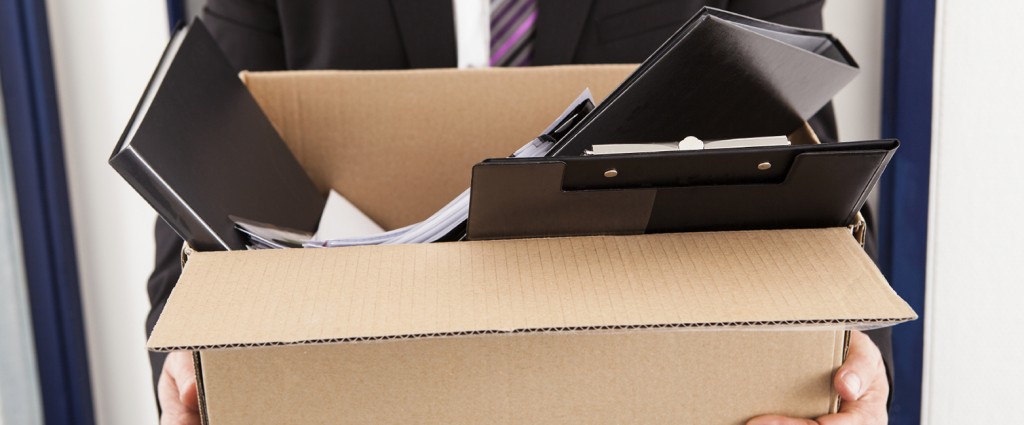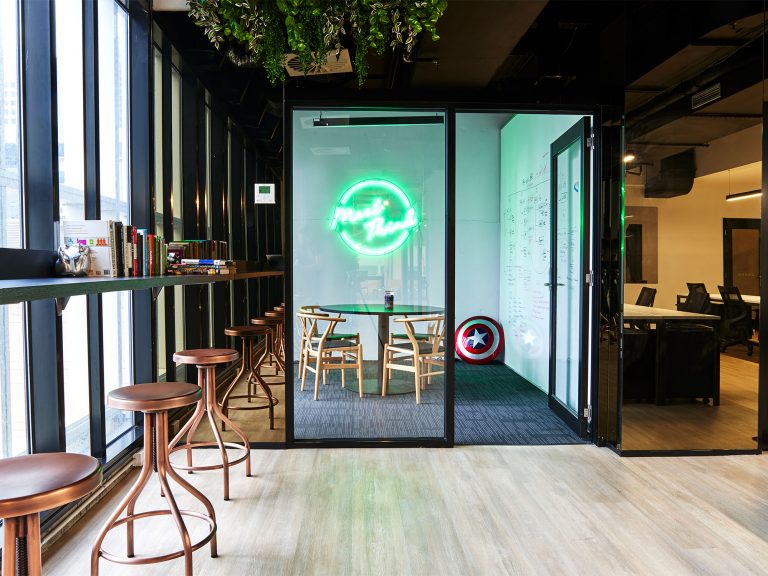Signs it’s time for your business to move

Growth, changes in the industry or new technology can deliver compelling reasons for a business relocation, as a company’s size, workspace layout or location can play a vital role in its success.
But for owners and managers focused on the day to day, it can be easy to miss the signs that the time for a new base of operations has come.
Here are the most common indicators that it may be time to upgrade or move your business:
Staff problems
It is always tempting for a growing business to find a way to squeeze new employees into an existing workspace but if you pack them in too tight, tensions will start to rise.
One of the first signs your office is overcrowded is an increase in personality conflicts and absenteeism, followed by a fall in productivity.
If you pack them in too tight, tensions will start to rise.
Read more: How much office space does your business need?
Safety incidents start to rise
Another common sign a workspace is overcrowded is a rise in OH&S incidents, as employees moving about become more likely bump into equipment, desks or each other.

Clients start making comments
One of the key functions of any business premises is to make the right impression on customers and other visitors. Your reception area, offices and warehouse or factory communicate to visitors how large your business is and where it is headed.
So if clients start making comments about your business premises, it may be time for an upgrade. While usually well intended, these remarks may reveal some apprehension about whether your business will continue to be the right one to service their needs.
Losing orders
When you start losing orders or miss out on tenders you were expecting to win, it is time to take stock. There can be many reasons for a drop in competitiveness of course, but the ability of your workspace to support a competitive offer is one that is often overlooked.
For some companies, the configuration of their workspace is a key contributor to their ability to deliver at a competitive price and problems can arise when a new technology or technique undermines that competitiveness.
For manufacturing and logistics companies, problems in dispatch and interruptions to the throughput of production lines are signs associated with losing orders, suggesting your business has outgrown its premises.

That lonely feeling
Many industries and professions cluster around each other to remain close to their clients and keep abreast of what the rest of the industry is up to.
Over the years, these clusters can migrate across town or country, so if you find yourself saying, “there’s another business moving out there”, it may be time to think about joining them.
Staying close to an industry cluster can have real benefits for your business, including better access to customers, distribution hubs and skilled employees.
Staying close to an industry cluster can have real benefits for your business.
Before you move
If you’ve made the decision to move, make sure you have a plan in place before the trucks start arriving.
That plan should take into account the direct costs incurred, gross profit from revenue lost during the inevitable interruption to business and how to communicate the move with your customers and other stakeholders.
If you’ve made the decision to move, make sure you have a plan in place before the trucks start arriving.
Often a split move is preferable for manufacturing and logistics companies as it allows their warehouse to move first followed by their office, smoothing out the disruption to dispatch and customer service.
For service companies, like accounting or architectural consulting, scheduling client site days on or around moving week can limit the disruption.
While a move carries some risks, if you get your relocation right it may prove to be one of the best things you ever do for your business.







